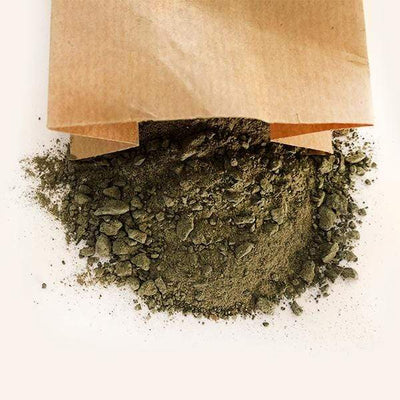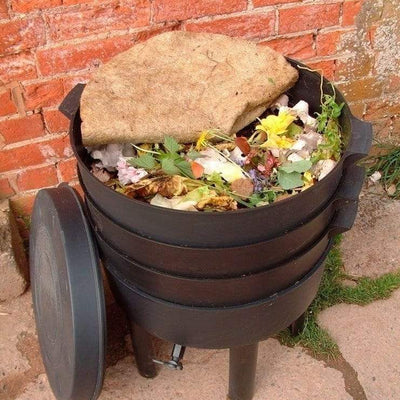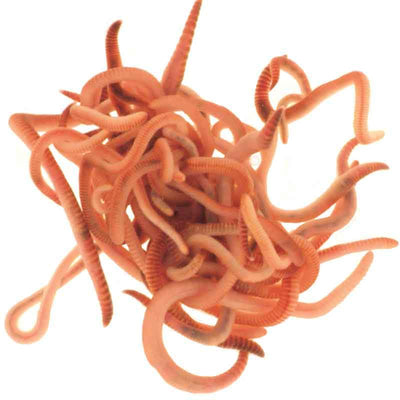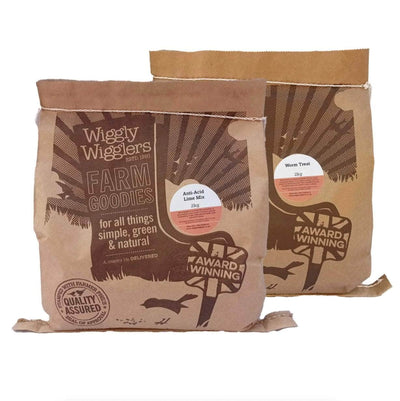Setting up an in-ground worm farm is a brilliant way to enrich your soil naturally — but what happens when a heatwave hits? With soaring summer temperatures becoming more common, especially in places like London, it’s important to make sure your composting worms stay cool, well-fed, and safe.
Here’s everything you need to know about keeping your in-soil worm composter thriving during hot weather.
Why Choose an In-Ground Worm Farm?
In-ground worm farms (or worm towers) are containers partially buried in your garden bed, filled with kitchen scraps, carbon-rich material like bran or shredded paper, and worms. The idea is simple: worms feed on the scraps inside and move freely between the composter and surrounding soil, enriching the area with castings as they go.

But when the heat rises, they need a little extra care.
Heatwaves and Worms: A Risky Mix
Worms are sensitive to high temperatures. Anything above 30°C can be life-threatening for them, especially if they’re stuck in dry or sun-baked soil. So how do you protect your in-ground worm farm during hot spells?
1. Provide Shade
-
Use a piece of cardboard, an old towel, or a wooden board to shade the area above your worm farm.
-
Avoid direct sun on the lid — this helps keep the temperature inside more stable.
2. Keep It Moist (But Not Soaked)
-
Gently water the surrounding soil to help regulate temperature.
-
Inside the composter, ensure the bedding stays damp to the touch, like a wrung-out sponge.
-
If the soil is too dry, worms may retreat or even die from dehydration.
Feeding Your Worms: Is Soil Alone Enough?
If you’ve placed worms in a patch of poor or compacted soil, it’s likely they won’t find enough food naturally. This is where regular feeding through your worm tower becomes essential.
What Can You Add?
-
Veg and fruit scraps (avoid too much citrus or onion)
-
Bran or oat flakes — these are excellent for balancing wetter scraps
-
Shredded cardboard or paper — adds carbon and improves structure
This mix creates the perfect buffet for your worms and keeps their environment well-balanced.
Worried About Foxes or Dogs?
A common concern with any outdoor composter is unwanted attention from curious animals.
Here’s how to keep your worm farm safe:
-
Choose a design with a secure lid (some come with twist-lock or weighted tops).
-
DIY tip: Use a plastic bucket with a tight-fitting lid, drill air holes near the top, and bury it halfway in the soil.
-
For extra peace of mind, weigh down the lid with a brick or use garden stakes to anchor it.
Final Tips for Summer Worm Care
-
Feed in small amounts — it’s better to add scraps little and often, especially in hot weather.
-
Check regularly — lift the lid every few days to check moisture and worm activity.
-
Add frozen scraps (like frozen peas or banana peels) occasionally — they help cool the system slightly as they thaw.
Caring for an in-ground worm farm during hot weather is all about balance: keep things cool, moist, and well-fed. With a bit of planning, your worms will not only survive the summer but continue improving your soil for seasons to come.
Whether you’re dealing with stubborn clay or sandy, nutrient-poor patches, worms can be your best garden allies — just don’t forget the shade and snacks!







